Written by Lorrie Reynolds
Categories
Why do people get involved in dog sports, and what are the benefits for you and your dog? There are a lot of different activities you can participate in with your dog, whether it is just for fun, or you are interested in the highest levels of competition. Before we start, I want to dispel a few myths.
Three Myths About Dog Sports
First, dog sports aren’t just for performance dogs. Many people think that if they just want to teach their dogs to be civilized family members, they should stick with basic obedience. What most people call basic obedience behaviors, we call tricks! Really, every behavior or sport skill is just a trick we teach our dog. So while tricks can include fun things like standing on top of a barrel and rolling it across the stage or weaving through a set of poles, they also include simple behaviors like sit, down, and stay.
The second myth is that you have to be interested in competition to participate in dog sports. For most dog sports, that is not true. While I don’t know very many people who go through all the steps to teach flyball and don’t compete, I know a lot of people who do trick training, agility, disc dog, and nosework just to have a fun training activity to do with their dogs. You don’t have to care about titles and competitions to teach your dogs the skills required for dog sports.
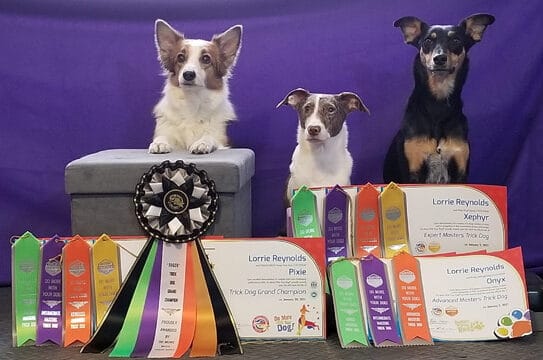
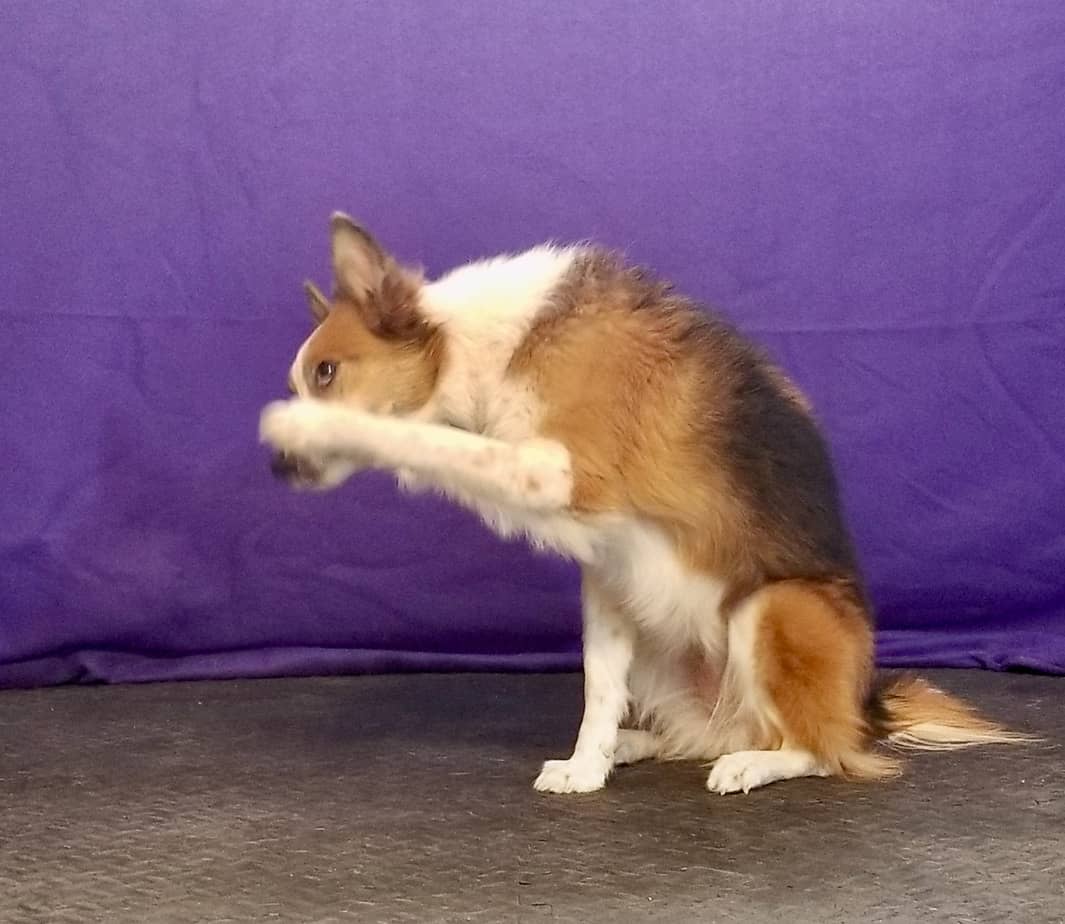
A third myth is that you have to start with a puppy or young dog. While you certainly *can* start the dog sport foundations with a puppy, I’ve had dogs of all ages in my classes. I rescued my latest dog at 2 ½ and she has loved learning tricks. Many people will “retire” an older dog from a physically demanding sport like agility and start in a new sport like nosework. So you can start any dog at any age.
Why Do People Get Involved With Dog Sports?
It improves Communication between a dog owner and their dog
Dogs understand body language, but they don’t understand English. Dog sports teach the human to read their dog and understand more of the non-verbal communication, and they help the dog understand what the human wants them to do. If you spend enough time training together, dogs understand you well enough to make people think they can understand English. For example, I can tell my Border Collie/Sheltie mix “Go downstairs and find your ball and bring it back.” Does she really understand every word in that sentence? Probably not. But she does understand the commands “go,” “find ball,” she can see me looking at or pointing to the stairs, and she knows that if she brings it back I will toss it for her.
It improves the team’s Relationship
Dog sports help you learn to set consistent expectations and communicate them to your dog. The quality of your relationship is partially based on the dog knowing what you want, and you being consistent in your reactions toward the dog. Punishing a dog by yelling at him or hitting him only teaches him that you are not stable and predictable.
Dog sports can help you learn to deal with behaviors you don’t want in a way that grows your relationship rather than destroys it. You can’t use force to “make” a dog run agility, or yell at him to “make” him open a suitcase and get inside. It teaches you to think of alternative ways to deal with things like barking, jumping, and pulling on the leash.
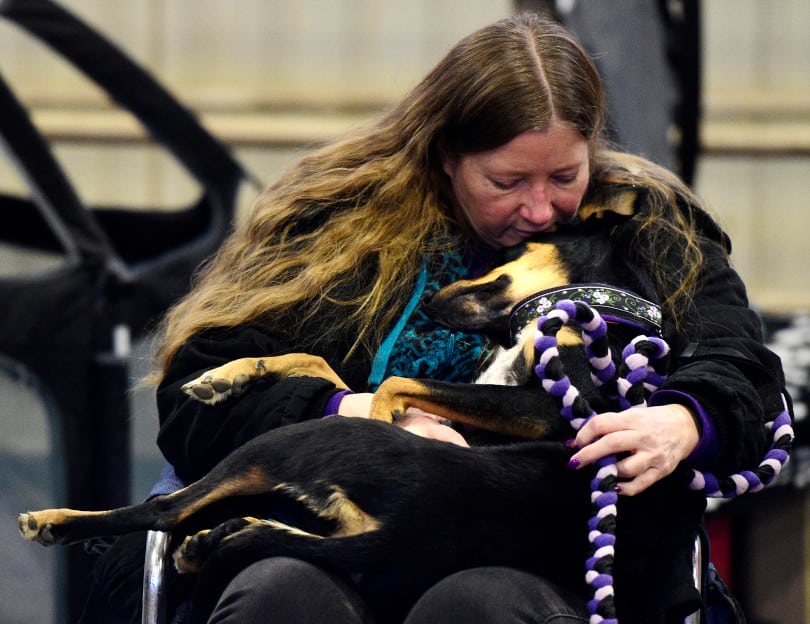
For example, if you ignore what you don’t want while training a trick, and reward what you do want, the teaching happens quickly. It’s a microcosm of the larger “relationship” issues with your dog. If you ignore the behaviors you don’t want in your dog, they will go away, unless they are self-rewarding, in which case you need to teach an incompatible behavior.
Just the fact that you are spending focused time with your dog can improve the bond you create and help you both understand each other better.

It improves the dog’s Behavior
Everyday obedience behaviors that we want to teach a dog so he becomes easier to live with are just tricks in disguise. If we approach them with the same joy and sense of fun, they become easy to teach.
Also, there’s an old saying that tired dogs are good dogs. Well-exercised dogs are well-behaved dogs, and dog sport training is mental exercise that wears a dog out just as much as physical exercise does. Imagine you are working on learning a difficult task at work. You spend all day learning new software, putting together a proposal, learning a new point of sale system, or being trained on new procedures. Learning is exhausting! It works exactly the same way in dogs.
I had a student whose Border Collie was extremely bored before she started training him for agility. If you don’t give working breed dogs a job, they are very likely to find one for themselves. This dog decided to become an interior designer. About $10,000 later, after fixing drywall, baseboards, a couch, and carpeting that he renovated, she decided that he needed a job. He went on to become a very successful agility dog, and with regular training and exercise, his brain was occupied and his destructive habits disappeared.
It increases the dog’s Safety
A trained dog is a safer dog. I teach a short seminar called “Life-Saving Dog Tricks”. It includes the four tricks that are absolutely essential for your dog to know – come when called, leave it, an emergency stop, and leash up. As you can imagine, we talk about dogs getting loose accidentally, cars where they aren’t expected, wildlife that could injure the dog, and other topics that we would prefer not to think about. On an even deeper level though, having a solid relationship with your dog can reduce the possibility of dog bites since you learn to read the dog’s body language. Training issues are one of the top reasons dogs are surrendered to shelters and euthanized as well. Dog sport training can alleviate those issues.
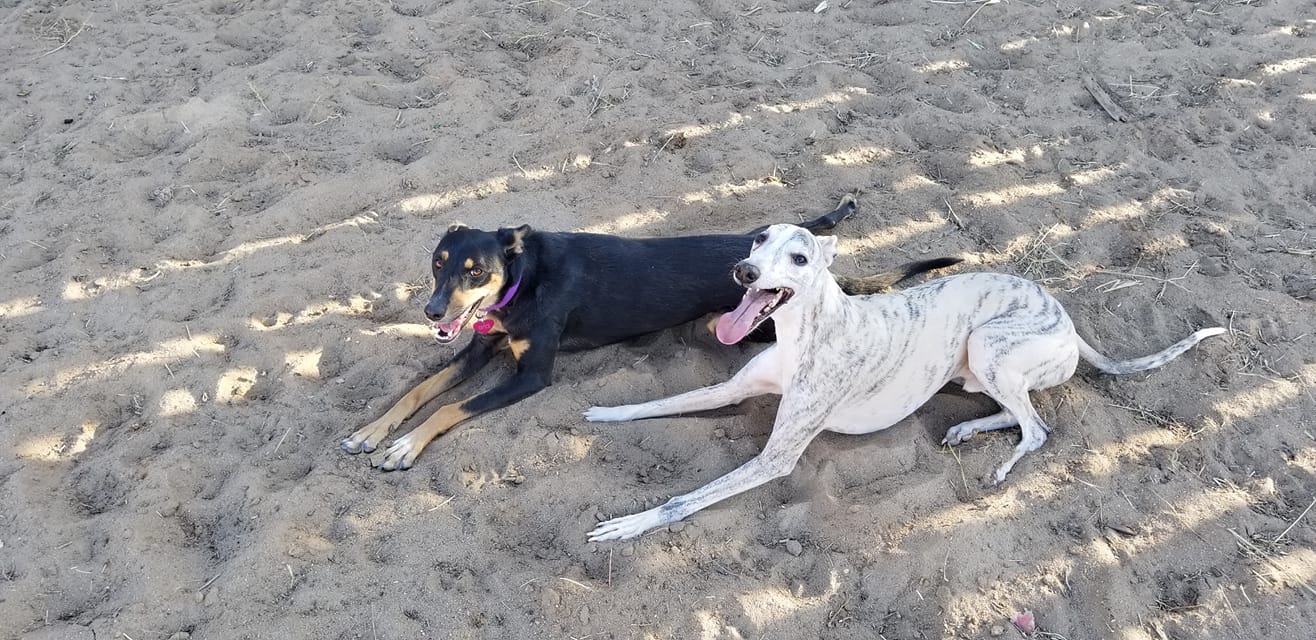
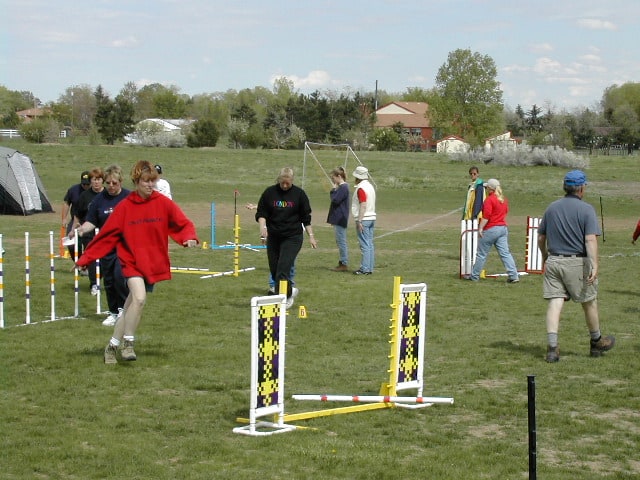
It gives you a Community
If you are a dog lover, there are a ton of opportunities to participate in some aspect of dog sports and have a built-in conversation topic. Those of us with a little bit of social anxiety appreciate knowing that we have something in common with the new people we meet, and who doesn’t like talking about their dogs? I have met my closest friends through agility and trick training, and when I have had significant issues to take care of, I had a community that was willing to help however they could.
How have YOU benefited from training your dog for dog sports?
You Might Also Like…
Five Ways to Crush It at Your Next Dog Agility Seminar
Going to a dog agility training seminar? Check out these five tips to maximize your return on investment!
Read This Before Deciding on Your Agility Dog’s Contact Performance
Which contact performance, running or stopped, is right for your team? The answer might surprise you.
Is Your Agility Dog a Pinto or a Ferrari?
If you’ve moved up from a slow or moderately-fast agility dog to a speed racer, here’s some advice to make your life easier.
Get tips, stories, discounts, and early notification of events and new courses delivered straight to your inbox! Join the community!
Cover photo: Courtesy of Dog Agility Photos for Fun
Fourth photo: Courtesy of Cliff Grassmick
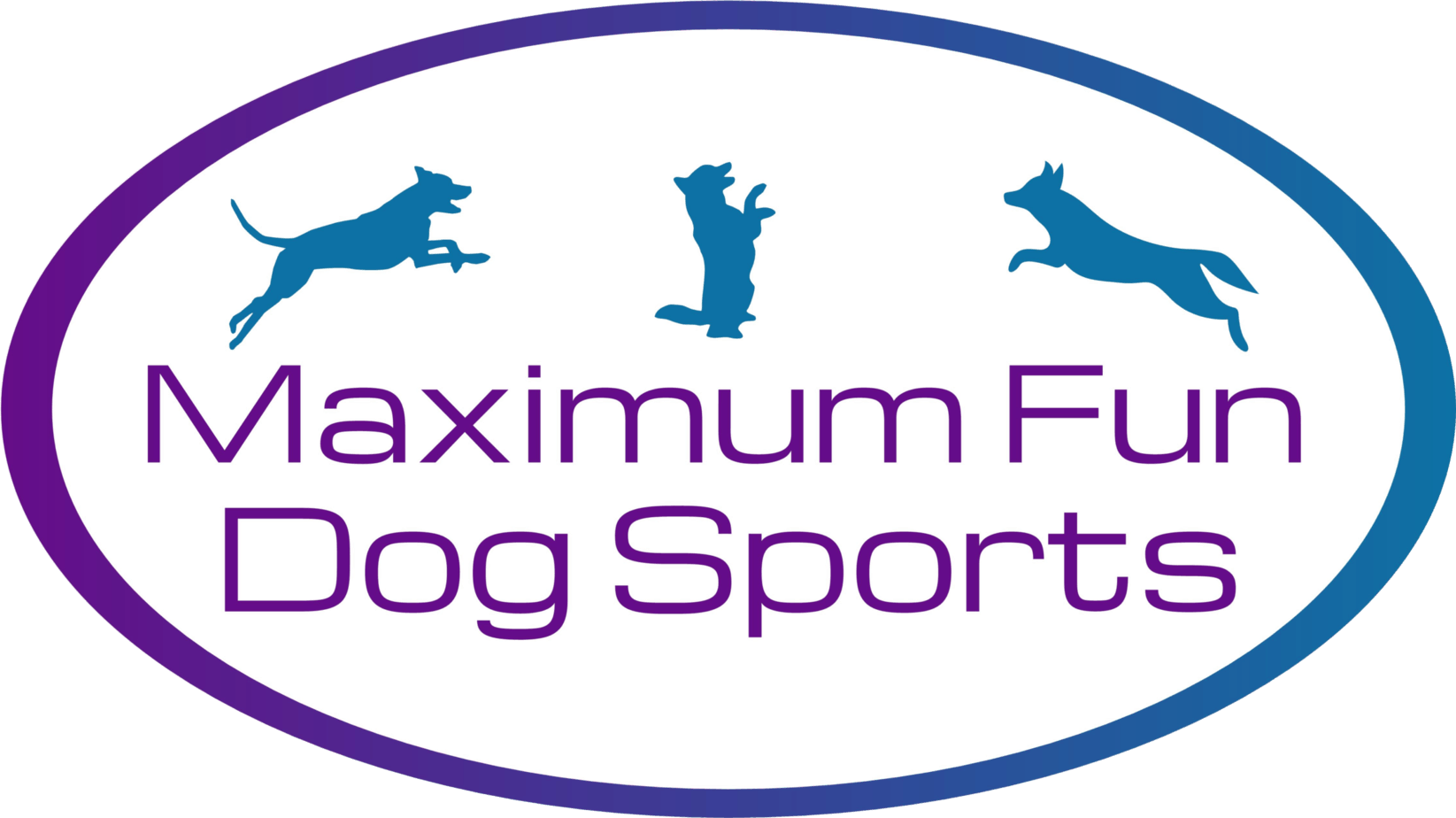
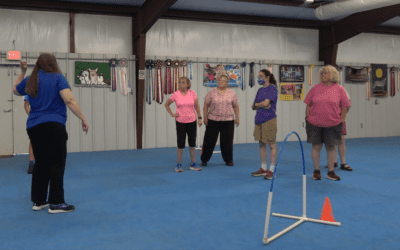
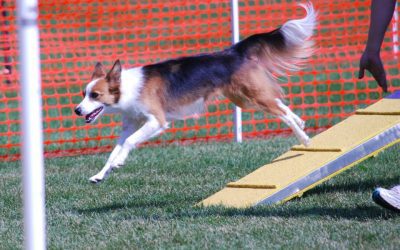
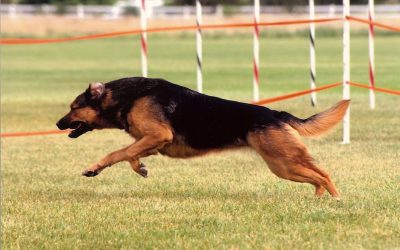
0 Comments